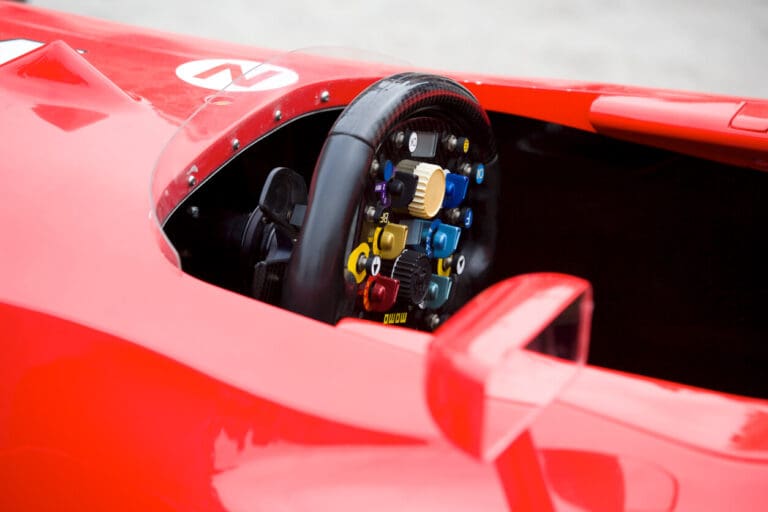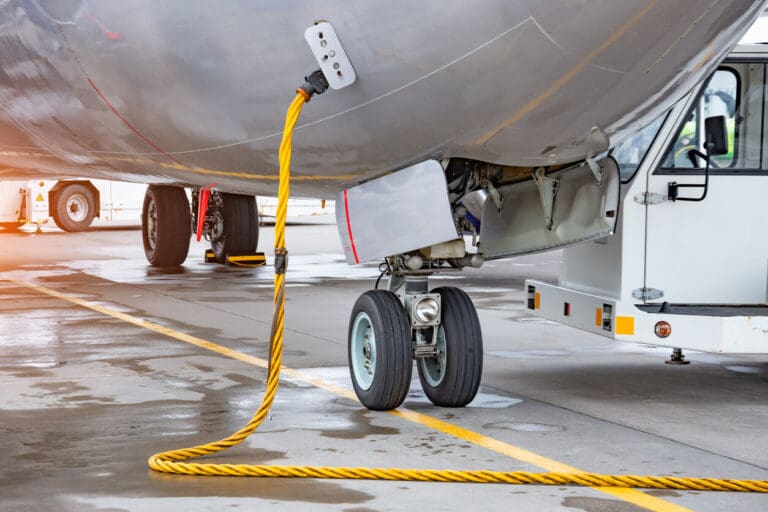
Are Motorsport Cables the Hidden Upgrade Behind Faster Lap Times?
Motorsport teams chase marginal gains in every area of the car, yet many still treat...
Read MoreEfficiency, safety, and reliability are the three key priorities in electrical engineering. Whether it’s powering a cutting-edge electric vehicle, maintaining complex data systems, or ensuring the smooth operation of machinery, the role of cables is undeniable. However, as systems become more complex and demand higher performance, one specific type of cable has gained significant attention: harnesses cable.
Harness cables, or wire harnesses, are crucial components that organise, protect, and streamline electrical wiring in modern applications. From automotive industries to aerospace, consumer electronics, and industrial machinery, harnesses play a critical role in ensuring that electrical systems function optimally.
At its core, a harness cable is a collection of wires bundled together, often with connectors, insulation, and protective sheathing to ensure safe and efficient transmission of electrical signals or power. These cables are typically organised into a bundle or “harness” to simplify installation, reduce complexity, and improve the overall reliability of electrical systems.
Harness cables are designed to:
Harnesses cables are indispensable in a wide range of industries, from automotive to industrial machinery, aerospace, and consumer electronics. Here’s a closer look at how harness cables are used in various applications:
The automotive industry is one of the most significant users of harness cables, as modern vehicles are packed with electronic systems, sensors, and complex wiring networks. Harness cables help organise the wiring for:
As vehicles become increasingly electric and autonomous, the demand for reliable, efficient harness cable systems will only grow, ensuring that electrical systems remain safe and functional even in the most complex vehicles.
In aerospace and aviation, safety is a top priority, and electrical systems must be foolproof. Harness cables play a critical role in connecting power systems, avionics, lighting, and communication systems within an aircraft. These cables must meet stringent requirements for high performance, lightweight design, and resilience to withstand extreme conditions, such as high altitudes, vibrations, and temperature variations.
The wiring in an aircraft is often routed through multiple compartments and must be carefully organised and protected to avoid damage, maintain system integrity, and ensure the overall safety of the aircraft. Harness cables are engineered to meet these demands, making them essential in both commercial and military aviation.
Manufacturing plants, heavy machinery, and industrial equipment also rely heavily on harness cables to ensure smooth operations. Industrial machines often involve intricate electrical systems that control motors, sensors, and communication networks. Harness cables help organise and protect these systems from wear and tear, preventing issues like electrical short circuits, signal degradation, or physical damage to wires in high-stress environments.
In industries like robotics, automation, and manufacturing, harness cables help ensure that machinery operates efficiently and with minimal downtime. With safety features built in, such as insulation and robust connectors, these harnesses are designed to withstand the tough demands of industrial settings.
In the world of consumer electronics, harness cables are integral to the efficient operation of devices such as smartphones, computers, and home appliances. Inside many modern electronics, a combination of power and data transmission must work seamlessly together to ensure proper functionality.
For example, in a laptop, harness cables connect the battery, motherboard, display, and power input. By keeping all these connections organised and secure, harness cables help improve the device’s reliability and performance while also preventing the risks associated with tangled or loose wiring.
Harness cables are also crucial in the development of wearables, such as smartwatches, health monitoring devices, and wireless earbuds, where both compactness and high performance are essential.
As the world increasingly shifts towards renewable energy, harness cables play a key role in solar power, wind turbines, and other sustainable energy systems. In these systems, harness cables help connect photovoltaic panels, inverters, batteries, and controllers in an efficient, organised manner, ensuring the safe and reliable transmission of energy.
For example, in a solar power system, harness cables ensure that all panels are connected to a central inverter, and power is routed to storage systems or the grid. Similarly, wind turbines rely on harness cables to connect the turbine’s electrical systems to the grid, ensuring efficient energy transmission and reducing the risk of system failure.
Harness cables offer a wide range of advantages over individual wiring or unbundled connections. These benefits make them indispensable in modern electrical systems:
One of the most significant benefits of harness cables is that they help reduce the complexity of wiring systems. By bundling wires together in a pre-organised structure, the risk of confusion and errors during installation is minimised. Technicians can work more efficiently by handling a single cable assembly rather than dealing with multiple loose wires.
Harness cables are designed to offer better protection for the wires they contain. The insulation and protective sheathing reduce the risk of electrical shorts, cuts, or damage from external elements. This not only enhances safety but also helps extend the lifespan of the electrical system by preventing wear and tear on individual wires.
In applications where space and weight are critical—such as in aerospace or electric vehicles—harness cables offer a highly efficient solution. The compactness of harness cables allows them to fit into tight spaces without the risk of tangling or interfering with other components. Additionally, by bundling wires together, the overall weight of the electrical system is reduced, which is crucial for applications like aircraft and electric cars.
Harness cables are often pre-assembled, meaning they arrive at the installation site ready for use. This can significantly reduce installation time and labour costs. Furthermore, if maintenance or repairs are needed, harness cables allow for quick and easy identification of faulty components, making troubleshooting more efficient.
As technology continues to advance, so does the role of harness cables. In the future, we can expect even more specialised harnesses for applications like:
Driving Efficiency and Reliability
Harness cables are an essential component of modern electrical systems, offering solutions that improve organisation, safety, and reliability. Whether it’s in the automotive industry, aerospace, consumer electronics, or renewable energy, harness cables are designed to meet the unique demands of each sector, ensuring that systems operate smoothly and efficiently.
As technology continues to evolve, the importance of harness cables will only increase. Their ability to streamline complex electrical systems while enhancing safety and performance makes them indispensable in the world of modern electrical applications.

Motorsport teams chase marginal gains in every area of the car, yet many still treat...
Read More
The wiring harness is a high-risk single point of failure in any complex system. If...
Read More
The wiring harness is the highest risk, lowest profile element in flight-critical infrastructure. When your...
Read MoreReady to talk cables, fibre or full network solutions? Get in touch with our team today, we’re here to help.